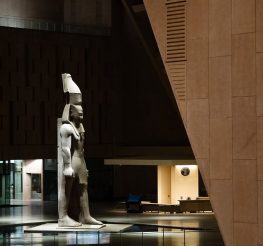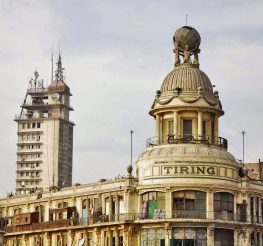Aswan Sun Alignment Festival 2025: When the Sun Bows to History
Ancient Egypt Annual Sun Festival Art and culture Aswan Sun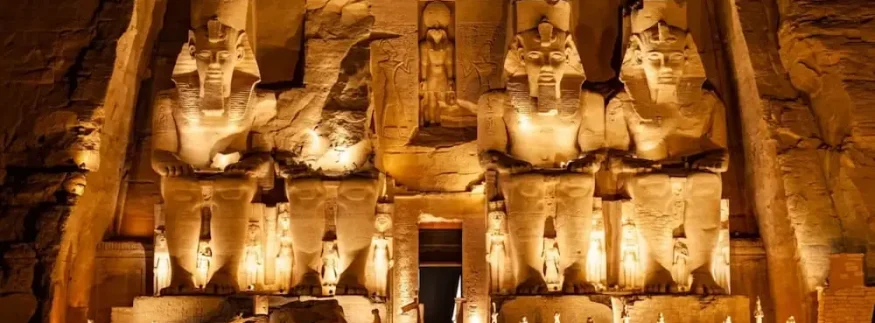
Safy Allam
Image via website
Every October, something magical happens deep in the heart of Egypt. As dawn breaks over Abu Simbel, a beam of sunlight travels through the ancient stone corridor to kiss the face of Ramses II, a phenomenon so precise and poetic that it has mesmerised the world for centuries. And around this breathtaking moment, the Aswan Sun Alignment Festival 2025 comes to life, a celebration where light, music, and culture blend beneath the southern sky.
A Festival of Light and Legacy
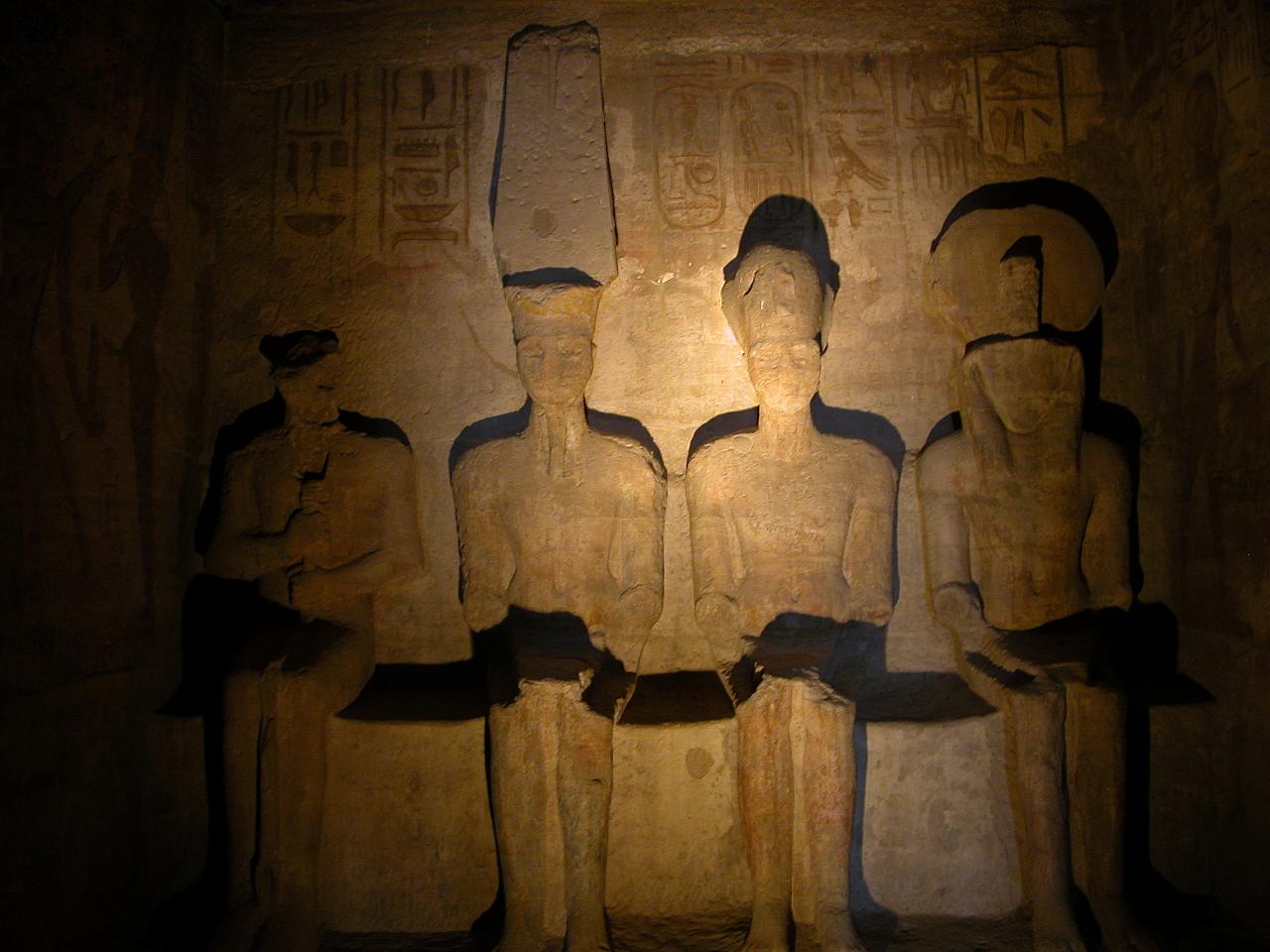
Image via website
The Sun Alignment at Abu Simbel is not just an astronomical wonder; it’s a living testament to the genius of ancient Egypt. Twice a year, on 22 February and 22 October, the sun aligns perfectly with the temple’s inner sanctum, illuminating the statues of Ramses II, Amun-Ra, and Ra-Horakhty, while leaving Ptah, the god of darkness, in shadow.
To honour this phenomenon, Aswan becomes a hub of colour and culture. The festival transforms the quiet Nile city into a vibrant stage of performances, storytelling, and art, all celebrating Egypt’s timeless connection between the earth and the heavens.
A Week of Culture, Rhythm, and Wonder
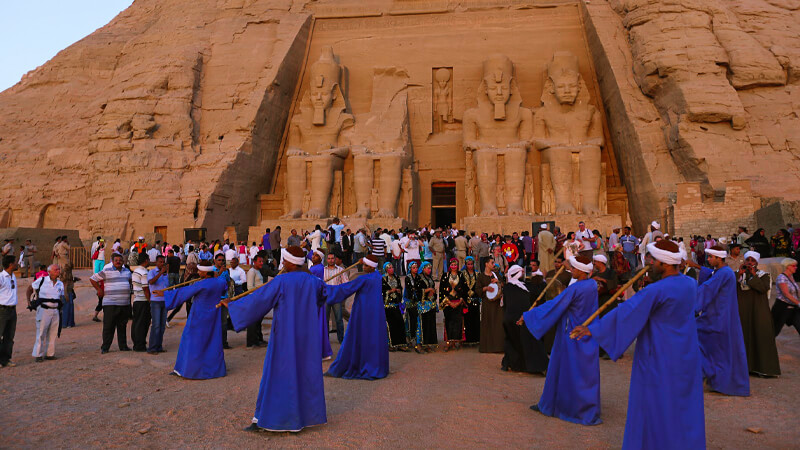
Image via website
This year’s festivities began on 18 October, taking over the Fawzi Fawzi Theatre on Aswan’s Corniche, and will continue until 22 October, when the sunrise alignment steals the spotlight at Abu Simbel.
Across eleven different cultural and touristic venues, the city hums with life. Traditional music, Nubian dances, and folkloric performances fill the air, uniting Egypt’s north and south in one rhythmic heartbeat. From the lively moves of Port Said’s troupes to the soulful Nubian songs of Aswan, every performance tells a story of heritage and pride.
Even the streets become part of the stage. The festival spills beyond theatres into open squares, riverbanks, and temples, proving that culture in Aswan doesn’t belong to a hall, but to the people.
Art, Heritage, and Handmade Treasures
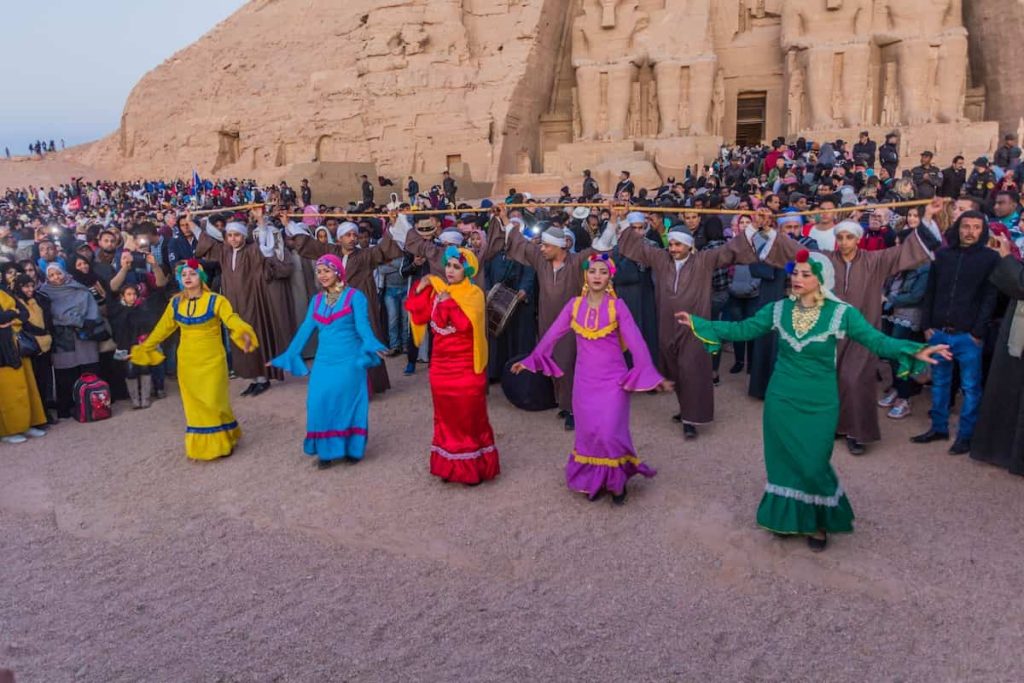
Image via website
Beyond the music and dance, the festival also highlights craftsmanship. A permanent handicraft market has opened its doors, offering everything from colourful khayamiya textiles and Nubian leather goods to wooden sculptures and woven art. Each piece tells a story of its maker, preserving the hands and hearts behind Egypt’s cultural identity.
The opening operetta, “Zay El Shams” (Like the Sun), set the tone perfectly: a poetic blend of music, theatre, and symbolism. It celebrated the unity of Egypt, from the Mediterranean coast to the Nubian villages, a journey of light that mirrors the sun’s own path through Abu Simbel.
Why You Should Be There
To witness the sun alignment at Abu Simbel isn’t just to see a spectacle; it’s to step into a conversation across time. Imagine the first rays of dawn creeping through the temple’s stone passage, landing gently on the carved face of a pharaoh who once ruled over the Nile. Around you, hundreds of visitors stand in silent awe, the ancient chants blending with the hum of excitement. It’s not just a sunrise; it’s history reborn.
And beyond the moment itself, the festival is pure joy. The streets pulse with music, artisans share their craft, and travellers from every corner of Egypt and the world gather in celebration. It’s a reminder that Egypt’s magic doesn’t just live in museums or textbooks. It lives, vividly, here, under the same sun that guided Ramses thousands of years ago.
recommended
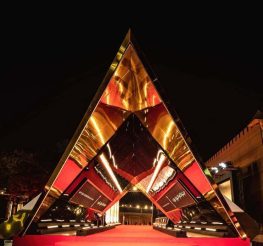 Arts & Culture
Arts & Culture
CIFF 46: What to Expect at This Year’s Cairo International Film Festival
annual event Cairo International Film Festival +6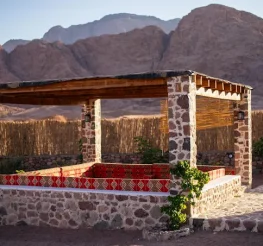 Sights & Travel
Sights & Travel


